The construction of offshore wind farms is a huge growth industry for Scotland, with many billions of pounds being invested and tens of thousands of jobs created.
It is no easy or inexpensive task to plan these giant developments in our often hostile waters and then install the enormous turbines, which have to be resilient enough to withstand the worst of Scottish winters.
But the financial reward for operators is substantial when vast amounts of electricity start to be generated by the turbines.
Offshore wind has the potential to become the biggest construction sector north of the border.
However, there are lingering fears the country is losing out financially and job-wise as too many of the lucrative contracts linked to building the necessary hardware and its installation are going to firms abroad.
Recent interference by cash-strapped politicians on the taxation front is also causing major concern in the industry.
But offshore wind farms do find favour with the Scottish public, as they are frequently so far out to sea not to be obvious and don’t blot the country’s landscape like many onshore projects.
1.9GW already in place and 8.4GW in construction/advanced development
Industry body Scottish Renewables (SR) says there are already more than 250 turbines spinning in the waters off the Scottish coast, powering the grid with 1.9 gigawatts (GW) of offshore wind energy – and there are a lot more to come in the future.
Scotland has a further 8.4GW in construction or advanced development.
ScotWind, the Crown Estate’s leasing round announced earlier this year, has the potential to deliver up to 25GW of additional capacity and £20-£30 billion of investment in the decades to come.
Our offshore wind industry is well on its way to meeting the ambition of having 11GW of Scottish offshore wind deployed by 2030.
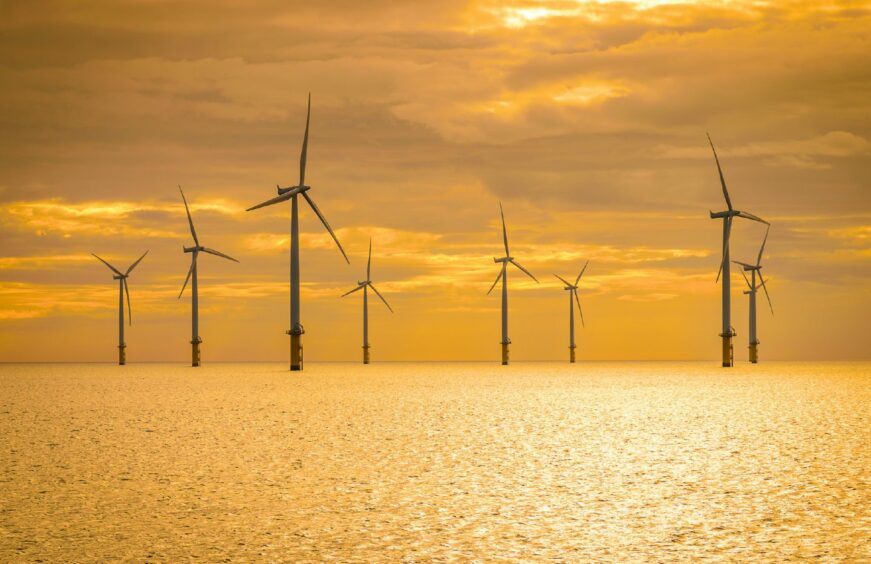
According to SR senior policy manager Amy Keast, this success story has not happened overnight.
She said: “Offshore wind first became a serious option for generating power off the coast of Scotland in the early 2000s.
“The first wind turbine to be installed offshore in Scotland was at the Beatrice demonstrator, off the north-east coast, way back in August 2006.
“At the time, the Beatrice turbines were not only the largest offshore wind turbines in the world and the first in international waters, but also the furthest from shore and in the deepest water.”
Ms Keast added: “The aim of the Beatrice wind farm demonstrator project was to trial the installation and operation of offshore turbines, and the electricity generated was fed to the nearby Beatrice Alpha oil platform.
“The two turbines were each supported by foundations installed at a water depth of around 45 metres (147ft).
“By 2009, the demonstrator had set the scene and shown that commercial offshore wind farms in deep water off the coast of Scotland could now play a massive part in Scotland’s hopes for a greener future.”
Both the Scottish and UK governments are working with industry to develop the innovation, infrastructure and technology needed to support the development of our supply chain and make the most of these opportunities.”
Amy Keast, senior policy manager, Scottish Renewables.
Ms Keast said the offshore wind industry took a giant leap forward in 2011 when the Crown Estate gave a green light to major new seabed lease agreements with the potential to support up to 5GW of new capacity – equivalent to 1,000 of the five megawatt (MW) Beatrice demonstrator turbines.
This was a major step for Scotland as the country looked to generate 100% of its electricity from renewable sources by 2020 – and 99.4% was, ultimately, achieved.
As well as an agreement to expand Beatrice, offshore wind farm projects awarded leasing deals included Islay, Argyll Array, Inch Cape and Neart na Gaoithe (NnG).
Beatrice is the only one of these developments operational today, with NnG and Inch Cape currently under construction and others abandoned for technical reasons.
The “new” Beatrice offshore wind farm started being built in 2016 and first power was achieved in 2018.
It is Scotland’s second-largest offshore wind farm to date, with 84 turbines, and has been fully operational since 2019. It is capable of providing enough wind-powered electricity for up to 450,000 homes.
The largest offshore wind farm is Moray East, which neighbours Beatrice in the Moray Firth.
Planning challenges
However, wind farm projects offshore have not had their troubles to seek.
Ms Keast said: “In January 2015, one major challenge delayed these projects for almost three years. RSPB Scotland had reservations about how offshore wind farms would affect the flight paths of seabirds like kittiwakes, gannets and puffins, and sought a judicial review.
“An initial decision in 2016 that ruled in favour of RSPB Scotland, and saw planning consent for the projects revoked, was eventually overturned when Scottish ministers appealed the decision, and the development of offshore wind could continue.
“Major infrastructure projects like offshore wind farms also often suffer from delays due to the sheer complexity of the developments and it can take time to get from the planning application to the consenting stage.”
She added: “Planning is often referred to as the hidden obstacle to net-zero.
“A planning application for the European Offshore Wind Deployment Centre in Aberdeen was lodged in August 2011, but the project didn’t get the go-ahead until March 2013.
“We know Marine Scotland is going to have to deal with a huge number of applications due to ScotWind projects, and it must be properly resourced to deliver those consents.”
Job creation
The offshore wind industry is creating employment. A report by Strathclyde University’s Fraser of Allander Institute found that, in 2020, the sector in Scotland supported 6,735 full-time equivalent jobs and generated more than £1.1 billion in output.
Ms Keast said: “Scotland must install 50GW of renewable electricity generation to meet net-zero carbon emissions by 2045 – the Scottish Government’s aim. That is why the ScotWind leasing round is so important and will make a major contribution to bringing about our net-zero future.
“ScotWind has outlined the scale of things to come and highlighted how the industry will benefit from Scotland’s offshore wind ambitions.
“Both the Scottish and UK governments are working with industry to develop the innovation, infrastructure and technology needed to support the development of our supply chain and make the most of these opportunities.”
She continued: “In a rapidly-evolving industry, Scotland remains firmly on the map as an offshore wind leader, particularly when it comes to establishing commercial-scale floating wind.
“As the industry moves away from the fixed-bottom structures which make up the majority of projects, Scotland is leading the way in developing this latest technology and home to the world’s largest operational floating wind farm – the 50MW Kincardine offshore floating wind farm.”
Transforming Scotland
Offshore wind is about to transform Scotland, with developments taking place in multiple locations, from Islay in the west to Lewis and Orkney, and down the east coast.
The benefits to Scottish communities will also be transformational, Ms Keast said, adding: “These projects have committed to invest in Scotland – and specifically in supply-chain businesses – on a scale never seen before, in any industry.
“This investment will allow Scottish firms to compete in the global offshore wind market, deliver tens of thousands of skilled jobs and revitalise communities which currently rely on seasonal tourism.”
As always, factors not directly connected to an industry can have an impact on their future development.
There was disappointing news in the chancellor’s Autumn Statement for companies generating electricity from renewable sources, as well as others involved in nuclear and biomass.
A new levy on extraordinary returns from electricity generation will be 45%. This tax comes into force in January and runs until 2028. It is expected to raise about £14.2 billion.
Angry response
As might be expected, there was an angry response from industry to the announcement.
RenewableUK has warned the windfall tax may severely deter investment in new projects.
It also pointed out that renewable generators will not be granted the same kind of investment allowances available to investors in oil and gas extraction.
Chancellor Jeremy Hunt has today announced in his Autumn Statement that a #WindfallTax of 45% will apply to #renewable electricity generators from January. Read the full response from Scottish Renewables' Chief Executive Claire Mack, here: https://t.co/o1NaWJsoew pic.twitter.com/HHjeItyWzP
— Scottish Renewables (@ScotRenew) November 17, 2022
SR chief executive Claire Mack said the UK needed £1.4 trillion to fund its transition to net-zero by 2050.
She added: “International investors look to the UK Government to provide a stable policy environment which incentivises investment in clean power.
“The chancellor’s announcement damages this country’s reputation as a leader in renewable energy – chiefly by continuing to offer investment allowances to oil and gas extraction, while failing to do the same for this industry.”
Moray East currently the big daddy of Scottish offshore wind
Scotland’s largest offshore wind farm is Moray East, which can just be seen on the horizon from the Moray coast.
The 950MW development cost £2.6 billion and began exporting power to the National Grid in June last year.
The last of the 100 Vestas turbines, which have a maximum blade-tip height of 669ft, were installed in September last year. The turbines, which are located around 14 miles or more from shore, can supply enough power for nearly one million homes.
Developed by Moray Offshore Windfarm (East), the project is a joint venture by Ocean Winds (56.6%) Diamond Green (33.4%) and CTG (10%).
After the last turbine was put in place, wind farm project director Enrique Alvarez said: “We have safely completed the installation of 100 turbines within the challenging timescale of a single season.
“Just a decade ago, commercial-scale offshore wind generation in water depths of 50 metres (164ft) and more was a vision.
“We have not only turned that into a reality, but are generating power at less than half the cost of earlier wind farms in shallow water, close to shore.
“Now we turn to the task of commissioning the turbines and bringing the wind farm up to its full generating capacity – ultimately, enough to meet 40% of Scotland’s domestic electricity needs.”
Vestas project director Allan Birk Wisby said the installation of its wind turbines was a significant step in the right direction of the decarbonisation of Scotland’s energy mix.
Mr Wisby added: “Amidst the challenges of Covid-19, the Vestas and Moray East teams have collaborated tremendously well, installing some of the most powerful turbines in the world safely and on schedule.
“This has been an excellent achievement by all the project partners and all companies involved in installation.”
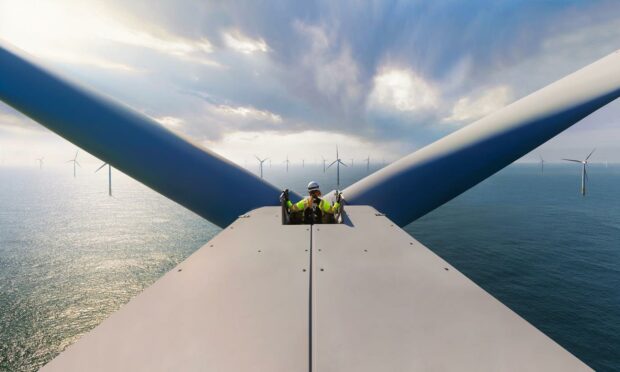


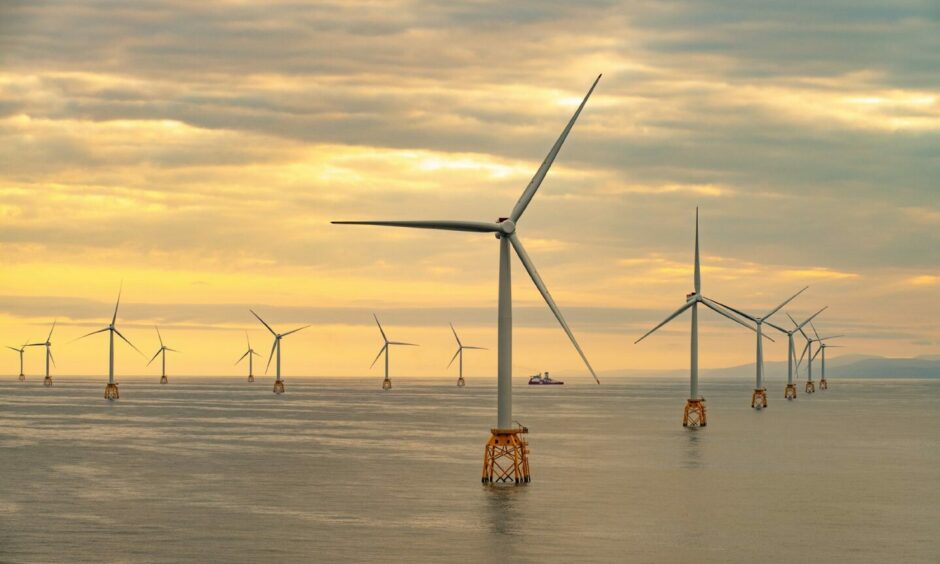

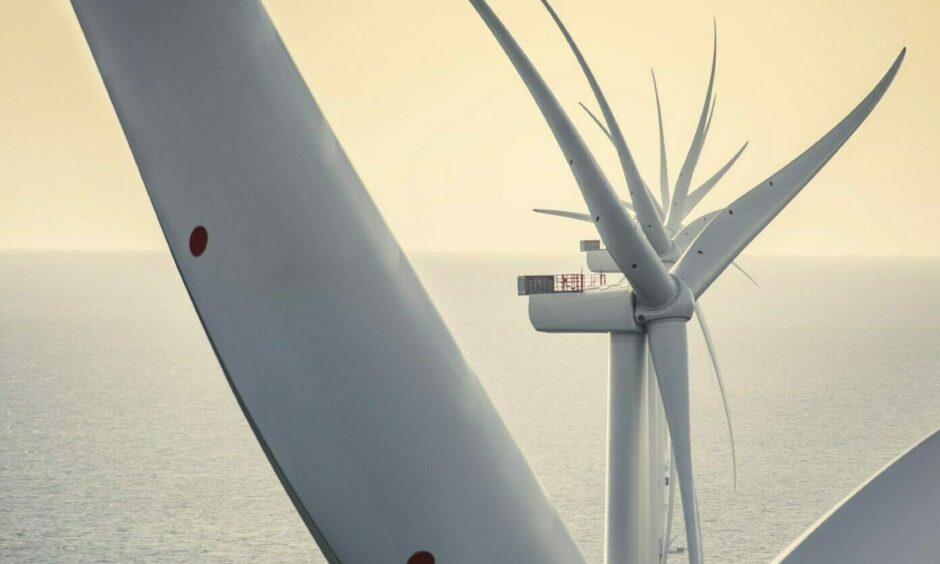

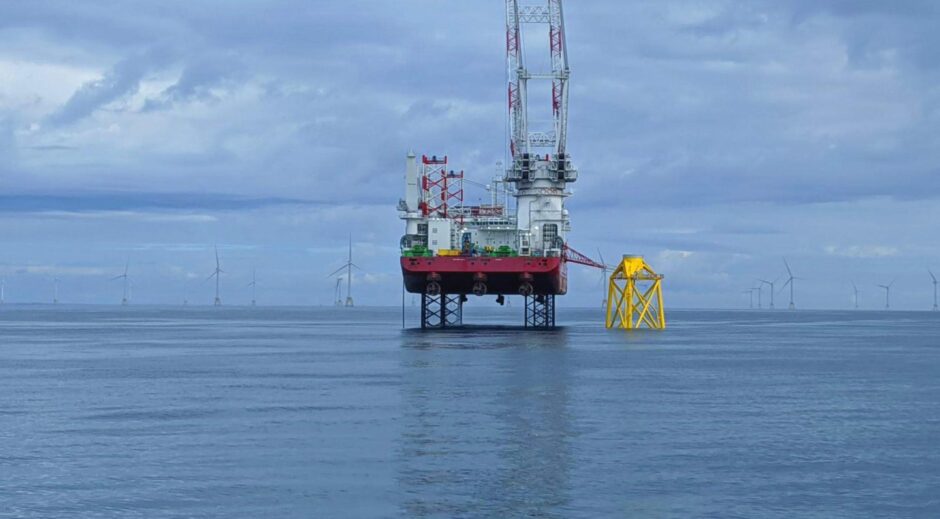
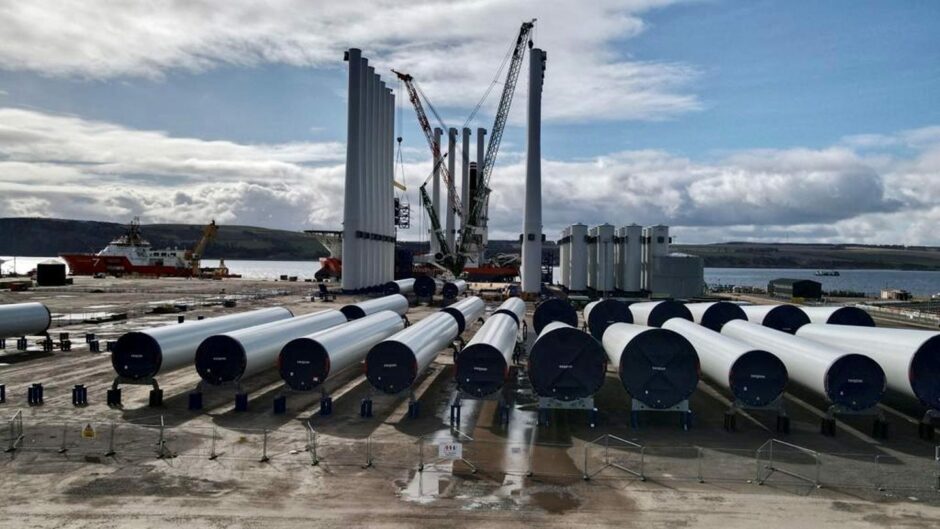
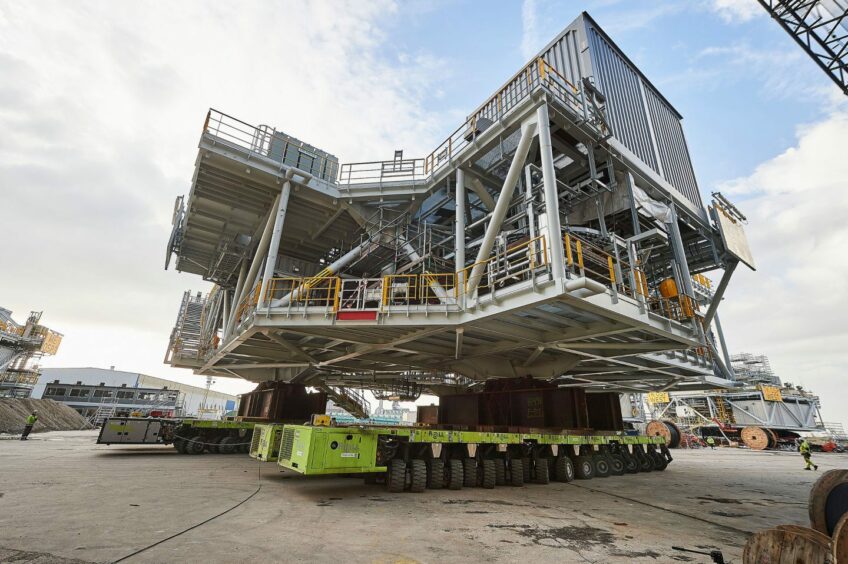
Conversation